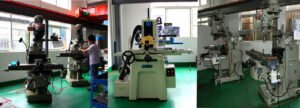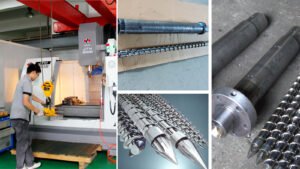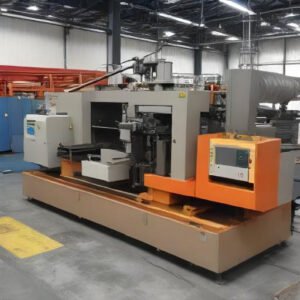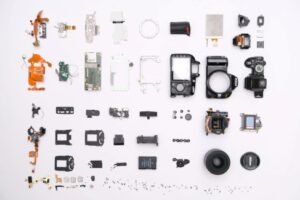Outline:
- What is 3D rapid prototyping
- How does 3D rapid prototyping work
- What are the types of 3D rapid prototyping
- What are the benefits of 3D rapid prototyping
- Conclusion.
What is 3D Rapid Prototyping?
If you’re looking to launch your product soon, it might be a good idea to have a few prototypes at hand. After all, you wouldn’t want the design to come out different than your imagination right? But getting prototypes might not be as cost-friendly as you would want it to be, that’s why at Kuixing Electronics we often advise our customers to use rapid prototyping.
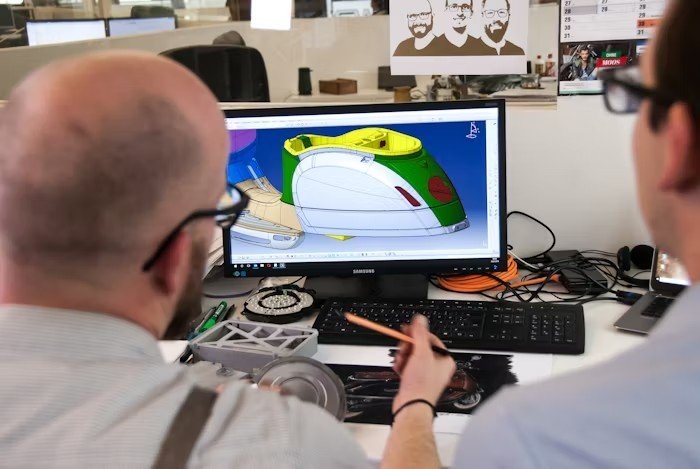
Technically, rapid prototyping (RP) is a group of techniques used for fabricating a model quicker than the actual time required for its making.
3D Rapid Prototyping is a technique that uses 3D printing technologies to manufacture parts of an actual design before its production on an industrial scale. Although prototyping is necessary for product making, it can take a lot of time, even weeks and months at the extreme, in this matter rapid prototyping is very useful as it is an extremely fast process. So, there’s no doubt that the 3D modeling industry is growing. In China, the 3D modeling market is expected to grow by 18% in the next 5 years, and Kuixing Electronics is going to be a huge part of this development.
Traditional prototyping methods can be very time-consuming and not very cost-friendly. So, when it comes to saving time and money rapid prototyping is your go-to option. Moreover, it has numerous other benefits (most of them listed below) that make it one of the best prototyping processes.
In this article you’ll learn the ins and outs of 3D rapid prototyping, so let’s dive right into it!
How Rapid Prototyping Works
Briefly speaking, we use the following steps for rapid prototyping at Kuixing Electronics:
- The 3D printing process begins with the utilization of Computer-Aided Design (CAD) software (a great technology that crafts a detailed three-dimensional model of the desired part). The CAD design is the blueprint for the final product.
- Once the CAD model is ready, it is converted into a file format such as STL (Standard Tessellation Language) or OBJ (Object). These files are the data bridge between CAD software and the 3D printer.
- After this slicing begins. What the slicing software does is it converts the image of the object into 2D slices which are then integrated to make the 3D object in the next step.
- after slicing the 3D printer comes into action. It mounts the slides together until the object takes its desired shape.
Most types of time Rapid Prototyping in our company include a large number of manufacturing techniques but most of them work by layered additive manufacturing (basically by adding layers on top of each other). But we also use other technologies like high-speed machining, molding, casting, and extruding.
Based on 3D model data, materials are usually combined in the form of layers, one layer above the other to fabricate an object. Photopolymer, thermoplastic, and adhesives are the common materials that are used in this process for making designs for different projects. This process is fast and helps marketing on a big level saving both time and money. The physical part produced in the rapid prototyping is known as a high-fidelity prototype.

Types of Rapid Prototyping
Now that we’ve learned about the working process of Rapid Prototyping, let’s look at the different types. There are five (5) main types of Rapid Prototyping,
- LOM (Laminated Object Manufacturing)
This technique uses adhesives to create a thin series of laminates which are joined together to form an object. It creates inexpensive, easy-to-make, and attractive prototype models. - SLM (Selective Laser Melting)
This type uses a fine metal powder and joins the pieces of an object by melting that finely powdered metal over the parts of a model. It is used for making medical prosthetic and functional prototypes. - FDM (Fused Deposition Modeling)
In this process, a spoon of thermoplastic filament is melted to mold the prototype of a model and it’s a very inexpensive and easy process. It is used in the packing of materials like drugs and food materials. - SLS (Selective Laser Sintering)
It uses a power bed and applies to both metals and plastic materials. This method is also very easy to do and it is quite useful as it works for both metals and plastic materials. - SLA ( stereolithography )
It uses ultraviolet radiation from the Sun to make a prototype of an object, layer by layer and it then uses a bath of photosensitive lasers to complete the project. It is a very inexpensive process.
The perfect type of prototyping would depend largely on the type of product you’ve in mind. At Kuixing Electronics we’ve the machinery to develop almost all kinds of products via 3D rapid prototyping. Still if you’re confused on the type of process that is ideal for your prototype contact usto have a discussion

Picture source: Unsplash
Benefits of using Rapid Prototyping
Rapid Prototyping is a fast-growing field and it has a lot of benefits both financial and marketing. One of its biggest benefits is that it helps engineers and design makers to experiment with physical designs without caring about their complexity. Rapid prototyping helps to detect faults in design before production on a big scale and because of this, it saves companies from making faulty products. It is also very beneficial in terms of savings for manufacturing a new product. It is cost-friendly. Another thing is that producers can contribute ideas for the product before its release and make their projects even better than before. Check out the wide range of auto and motor parts here, before the manufacturing of these products we always advise our customers to have a prototype made.
All in all, it’s a great idea to have your prototypes made before the launch of the product. Kuixing Electronics remains one of the best choices for 3D rapid prototyping because of our expertise in this industry as well as a wide range of machinery and a huge experience. Moreover due to the recent innovation plans in the manufacturing industry, China is the largest growing spot for 3D manufacturing and Kuixing Electronics is proud to be a part of this progress!
Conclusion:
In conclusion, 3D rapid prototyping emerges as a pivotal method in expediting the product development process. This technique, utilizing 3D printing technologies, stands out for its efficiency, particularly in comparison to traditional prototyping methods that can be time-consuming and financially burdensome.
The process begins with the creation of a detailed 3D model through Computer-Aided Design (CAD) software, serving as the blueprint for the final product. The subsequent conversion of the CAD model into file formats like STL or OBJ facilitates communication with 3D printers. Rapid prototyping primarily employs layered additive manufacturing, building the final object by stacking layers atop each other. Common materials such as photopolymer and thermoplastic are utilized in this layered approach.
External links:
1-https://www.efunda.com/processes/rapid_prototyping/intro.cfm
2-https://www.machinedesign.com/3d-printing-cad/article/21837908/the-new-age-of-rapid-prototyping
3-https://www.reportsanddata.com/report-detail/additive-manufacturing-market
4-https://opengovasia.com/china-formulates-action-plan-for-the-development-of-3d-printing-industry/
